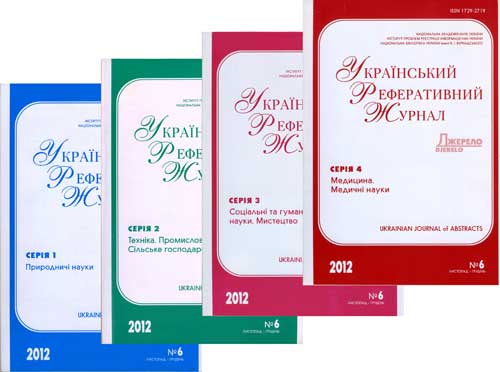РЕФЕРАТИВНА БАЗА ДАНИХ "УКРАЇНІКА НАУКОВА"
Abstract database «Ukrainica Scientific»
Бази даних
Реферативна база даних - результати пошуку
|
|
Пошуковий запит: (<.>ID=REF-0000654995<.>) | |||
|
Загальна кількість знайдених документів : 1 |
|||
Kordiaka R. Factors favoring synthesis of antibiotic roseoflavin in Streptomyces davawensis / R. Kordiaka, A. Sibirny // Вісн. Львів. ун-ту. Сер. біол.. - 2016. - Вип. 73. - С. 252. - англ. Streptomyces is a genus of Gram positive bacteria that grows in various environments, and its shape resembles filamentous fungi. The most interesting property of Streptomyces is the ability to produce bioactive secondary metabolites such as antifungals, antitumoral, antivirals and mainly antibiotics and immunosuppressives (Pedrolli et.al. 2014). The Gram-positive bacterium Streptomyces davawensiswas were first isolated from a Philippine soil sample. The species name refers to the site of sampling, which was near Davao City in the Philippines (Jankowitsch et.al. 2012). S. davawensis was found to produce a compound which exhibited antibiotic activity against Bacillus subtilis, Staphylococcus aureus or Bacillus cereus. Due to its red color and its structural similarity to riboflavin (vitamin B Індекс рубрикатора НБУВ: Е40*725.313 + Е422.384.3*72 Рубрики: Шифр НБУВ: Ж28852/б. Пошук видання у каталогах НБУВ | |||
| Національна бібліотека України імені В. І. Вернадського |
 |
| Відділ наукового формування національних реферативних ресурсів |
 |
| Інститут проблем реєстрації інформації НАН України |
Всі права захищені © Національна бібліотека України імені В. І. Вернадського